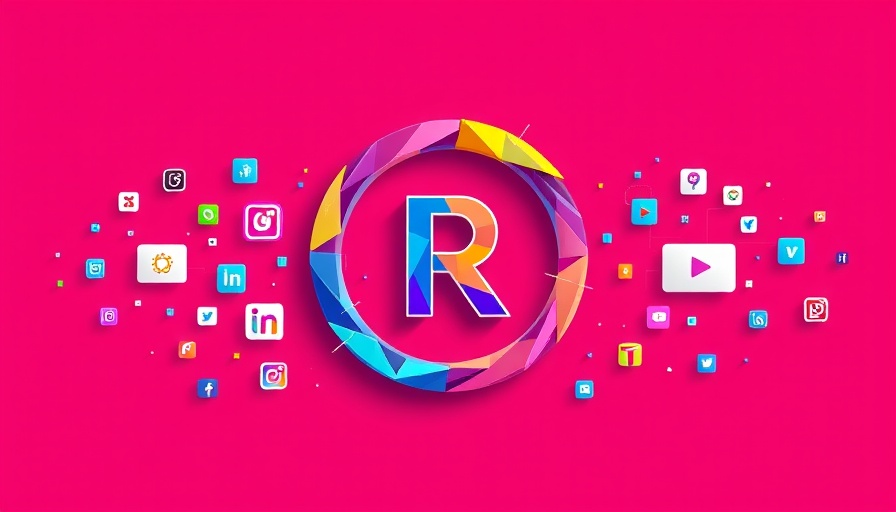
The Contest for Attribution Rights: A New Chapter in Copyright Law
In the dynamic world where technology meets law, the recent courtroom battles surrounding copyright and attribution rights are rapidly evolving. At the heart of these discussions is Section 1202 of the Digital Millennium Copyright Act (DMCA), which restricts the intentional removal or alteration of copyright management information (CMI). This provision was created with the intent to help intellectual property holders identify potential infringements and encourage licensing. However, as artificial intelligence technology, particularly large language models (LLMs), leverages vast amounts of data for training, the implications of Section 1202 are increasingly contested.
The Data-Driven Dilemma: Copyright and AI
As companies like OpenAI and Microsoft integrate massive datasets from platforms like GitHub, disputes have emerged over how these datasets are utilized. A significant case involves claims by a group of anonymous contributors asserting that new code generated by LLMs is substantially similar to their original works, yet lacking the attributed CMI. While they do not accuse these companies of copyright infringement directly, they are leveraging Section 1202, arguing that the omission of CMI represents an unlawful act. However, the courts have adopted what is known as the “identicality rule,” which posits that Section 1202 only applies when existing works have had CMI removed, not when new works are created that are simply different.
Implications for Creative Freedom and Fair Use
The court's decision on this issue may have far-reaching consequences beyond just the AI sector. Should the court side with the rightholders, it could usher in a new paradigm—creating a freestanding right of attribution. This potential development could complicate fair use cases, positioning new creative works at risk of litigation simply for lack of CMI, which could discourage creativity and innovation. The reality is that many small creators and innovators may hesitate to share or openly use their works due to the fear of being targeted by “copyright trolls,” who thrive on exploiting such legal ambiguities, often without any benefits to broader cultural or artistic endeavors.
Legislative History and Legislative Intent
Historically, Section 1202's syntax emphasizes “works” and “copies of works,” not merely similar excerpts or adaptations. This precision is crucial as it highlights congressional intent: to protect existing works from CMI removal, rather than extend rights into new territories where creativity can thrive without undue restrictions. As stated in briefs submitted to the court, it's vital that the law remains clear to prevent the misuse of Section 1202 by rightholders and ensure that censorship does not encroach upon lawful creative expressions.
The Future of Copyright in a Digital Age
The evolving landscape of copyright, especially in our data-rich digital age, necessitates ongoing dialogue. As technology continues to change the way we create and share content, so too must the laws governing that content evolve. If courts interpret copyright laws too broadly, including the potential recognition of an attribution right, we risk stifling innovation and creativity that are the bedrocks of our cultural landscape. The Supreme Court's previous observations frame copyright as a kind of tax on readers to elevate writers, and while this has merit, it should not translate into punitive measures against legitimate creative reuse.
Amid these developments, your voice matters—staying updated and well-informed is the first step toward reclaiming control over your data and ensuring that debates over digital privacy and ownership remain robust and accessible to all.
Damit es effektiv gelingen kann, Kontrolle über eigenen Daten zurück zugewinnen, bleiben Sie stets aktuell informiert - eintragen und Wissen erhalten.
 Add Row
Add Row  Add
Add 




Write A Comment